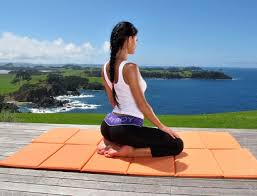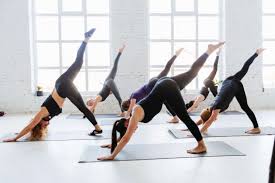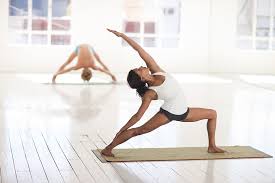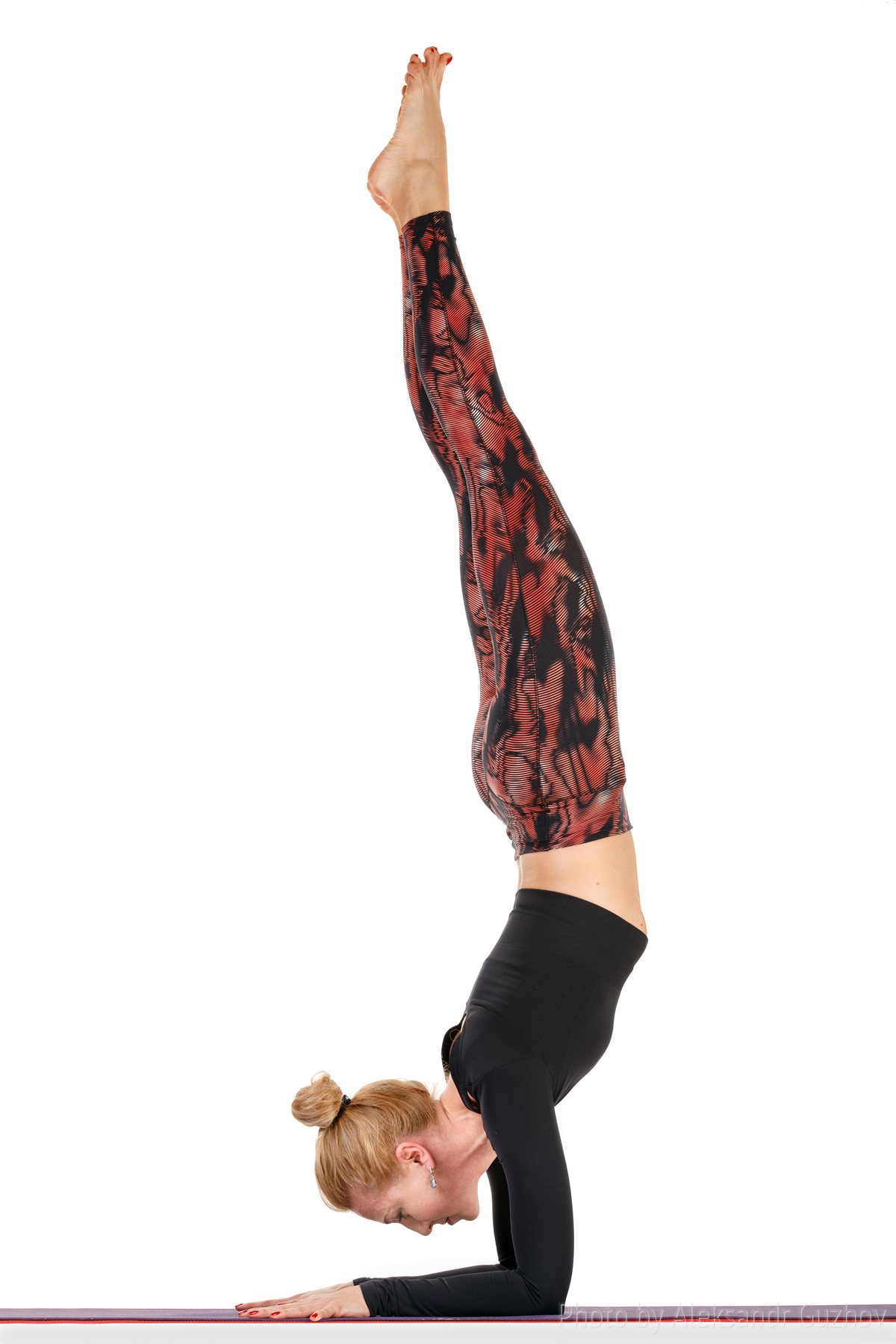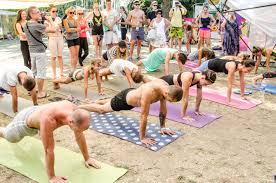Ashtanga Vinyasa Yoga (part 3)
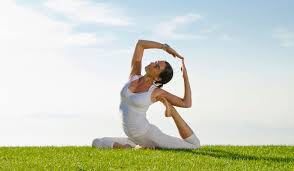 Practice Format
Practice Format
According to tradition, two forms of training are used in Ashtanga yoga: Ice class and Mysore class.
An ice class is a lesson that is held at the expense of the teacher. The whole group synchronously performs the sequence, rebuilding their breath under this score. Practitioners perform the same asanas, following the instructions of the teacher. The teacher calls the asanas, marks the beginning of the inhalation and exhalation, gives instructions on how to build up the asana, hold the bandhas and direct your gaze (drishti).
The Mysore class (got its name from the city of Mysore, where the ashtanga yoga school founded by Pattabhi Jois is located) is a lesson in which the practitioner, independently of others, performs a sequence in the rhythm of his breathing, at a pace convenient for him. The teacher does not demonstrate asanas, does not count vinyasa and breathing, but corrects and helps everyone to master his version of asanas, go deep into it, sometimes recommends something, or resembles the order of asanas and vinyasas. Accordingly, everyone starts at the same time with the Ashtanga Yoga mantra, and ends at different times, depending on the length of the breath and the duration of the sequence of each student. At its core, it is a class of individual practice, where everyone performs a sequence of Ashtanga yoga asanas and each is given individual instructions on the correct development of difficult moments of practice and on further development of Ashtanga yoga practice. The Mysore class is the best way to learn Ashtanga yoga and advance in this practice, as it retains your attention inside, allowing you to concentrate more on practice and your breathing.
Please note that to attend the Mysore classes you need a little experience of Ashtanga yoga, at least you need to know about the sequence of the first series of Ashtanga yoga (you can peek the sequence on the poster or ask the teacher). We recommend moving to the Mysore classes after 2-3 months of Ashtanga yoga classes in Ice classes.
Contraindications
– It is not recommended to practice for women in the first three days of menstruation, the first three months of pregnancy and three months after childbirth.
– During pregnancy, having undergone surgery, a serious illness or having health problems, you should consult your doctor.
– Categorically it is impossible to practice with flu and high temperature, under the influence of alcohol, drugs or potent drugs.
Recommendations
– It’s best to start learning Ashtanga yoga under the guidance of a professional teacher. An experienced instructor will give the correct idea of the practice and provide advancement.
-Clothing should not be constraining movements, a special yoga mat should be used. We have public rugs in the studio, but for hygiene reasons, we recommend having your own rug.
– Before class, eat nothing for 3-2 hours, do not drink 15-30 minutes before practice. Also, you should not drink anything during the lesson. A full stomach interferes, which is especially noticeable with intense forward bending, twisting and holding bandhas. Cramping or nausea may occur.
-After practice, it is advisable not to eat about 30-60 minutes and it is not recommended to take a shower for an hour.
– Pay attention to the comments and advice of the teacher.
– Try to remember the names and sequence of asanas, breathing phases and the order of vinyasas. This will make the practice more meaningful, improve concentration.
– Practice at your own pace, at your own level, do not forget to watch the breath, the state of the body and mind!
